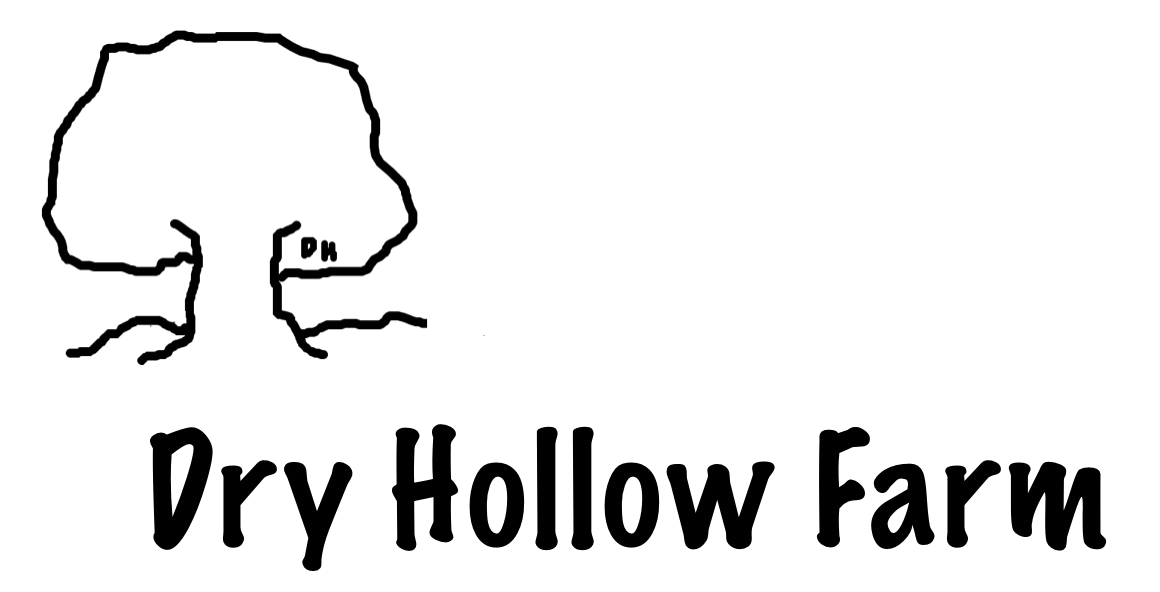The Dangers of Anthropomorphism
The older I get, the more I feel the cold. Even in the relatively mild climate of Tennessee, I spend much of the winter and early spring months layered in thermal underwear and fleece. Oddly enough, the closer spring draws, the colder I feel!
As humans, we automatically believe that if we feel the cold, then so must every other critter in the animal kingdom.
As a livestock manager, anthropomorphism is one of my favorite words. Anthropomorphism is the act of attributing human characteristics to animals (or other non-human beings). Many visitors to the farm anthropomorphize our animals. A sheep pushing away the rest of the herd for food is “selfish.” A lamb calling for its mama is “sad.” A goat head-butting a pasture mate or a rooster holding the hen down by her neck while mating is “mean.”
This is anthropomorphism, and given the farm setting, this mindset can lead to dangerous decisions.
This is what we learned
#1 Experiencing temperature extremes can cause pneumonia in sheep and goats. After the arctic blast of late December 2022, I heard a news story about a Tennessee woman who brought several of her goats indoors to a bathroom to ride out the sub-freezing (and briefly subzero) temperatures. Moving livestock from a cold barn into a heated home environment creates too drastic of a temperature fluctuation. Animal lungs and temperature regulators struggle to make the adjustment. The news story did not follow-up with an animal heath check, but did mention the complete destruction of the woman’s bathroom! Without a rumen and fleece or thick hair, humans only generate a certain amount of body heat which quickly dissipates in the atmosphere. We quickly feel chilled when exposed to the cold. However, sheep wool and thick, coarse goat hair capture the warmth provided by the rumen’s digestive process, and provide a protective layer of warmth. Watch your goat’s outer layer of hair fluff out as temperatures drop in the winter. As temperatures rise in the spring, these fibers shed in order to keep your animals cooler in the coming summer months.
#2 Precipitation is more dangerous than cold. The most worrisome weather pattern for livestock health is hours of cold rain followed by a sudden drop to below-freezing temperatures. Shelter is key. Our goats strongly dislike precipitation and will run for the barn or shelter when the first drop falls from the sky. As long as there is adequate space under the roof and some hay for additional warmth, they are fine. I always worry a little more about the sheep because they habitually stand out in the middle of the rain as they continue to graze or munch hay. Although their outer fleece will repel most of the water, a good soaking followed by a sharp drop in temperatures, may be dangerous.
#3 Lambs and kids may bring special challenges. Or they may not. Talk with anyone who raises livestock, and they will share a story about the time a ewe or doe dropped her little one(s) on the icy ground, and they all lived to tell about it. They will also share a story about the two-day old who died from exposure because his mama chose to sleep in the woods rather than come into the barn at night. Most often, I see our flocks sleeping in a huddle in their respective shelters when temperatures drop. These huddles collectively provide warmth for the little ones buried in the middle of it. Some seasons we pull our new mothers into individual shelters or stalls and provide several days to ensure bonding and temperature regulation. The key is watching your livestock closely.
#4 I am ambivalent on the use of heat lamps for barn animals. On occasion we use them if temperatures drop below twenty degrees (F) and/or we have little ones present. Our barn is over 100 years old and far from cold-proof. Our experience is that when hung in stalls, the larger or older animals regularly stake their claim to the heated areas and push everyone else away. Most early mornings, we arrive to discover the animals we believe need the additional warmth are often the farthest away. And they are fine. Again, remember to look at your animal’s surroundings from their perspective rather than yours.
Remember - Be careful of judging your animals’ needs based upon the human perspective!
Dr. Kathryn Bush owns and operates Dry Hollow Farm, a working goat and sheep farm in Huntingdon, Tennessee. Together with her husband, Russell, she creates skincare products from their fresh goat milk, grows organic herbs, welcomes visitors to their two cabins on the farm (available for stays through Airbnb), keeps the farm’s on-site soap shop stocked with their handcrafted products, and enjoys working the farm in company with their Great Pyrenees dogs (who work hard guarding the animals). Check out their natural products featuring farm-grown ingredients here, and sign up for the Dry Hollow Farm newsletter to stay in touch and be the first to hear about farm news, events, and new products.

